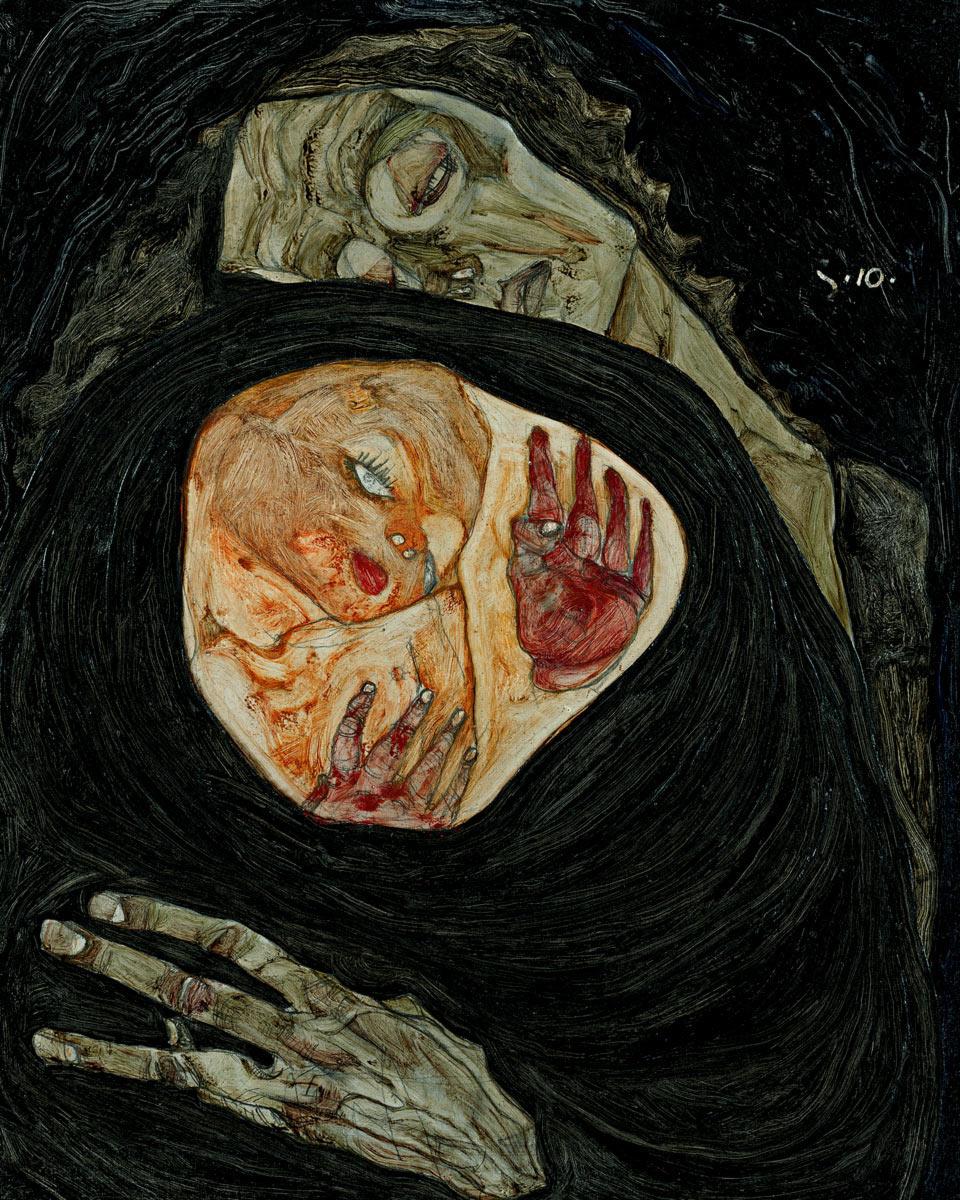
Egon Schiele. Lots of talent, little time
Contents:
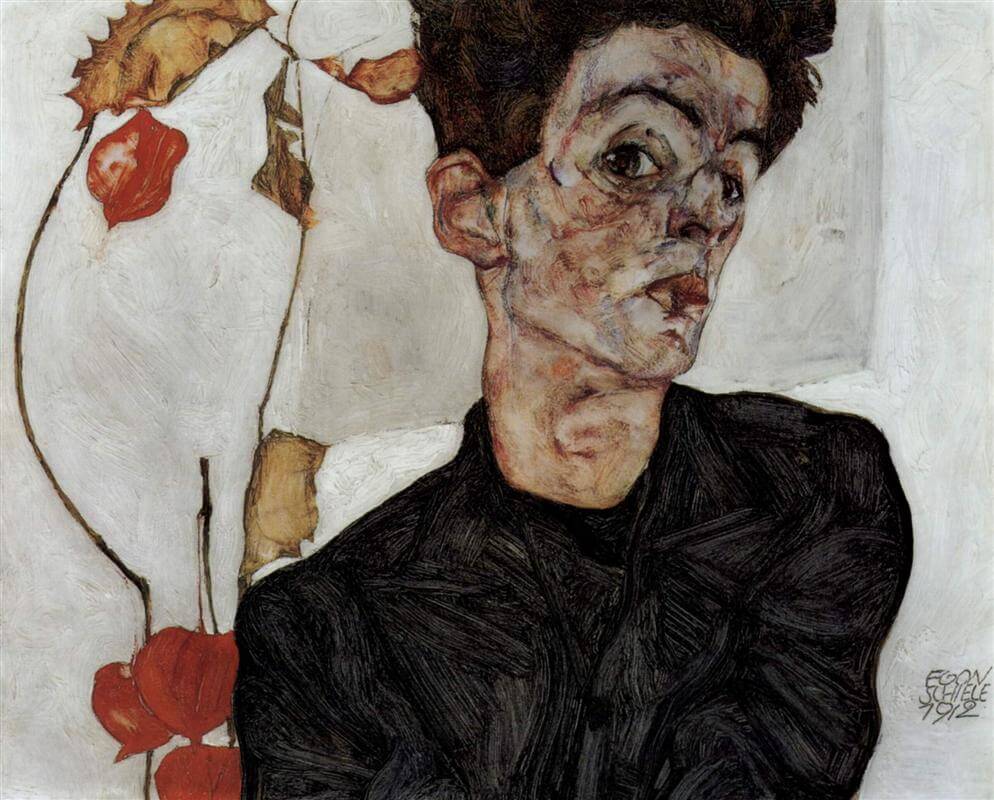
As a child, Egon Schiele drew a lot. Mainly railway, trains, semaphores. Since it was the only attraction of the small town.
It is a pity, but these drawings by Egon Schiele have not been preserved. Parents did not approve of the offspring's hobby. Why save children's, albeit very talented drawings, if in the future the boy will become a railway engineer?
Family
Egon was very attached to his father, but friendship did not work out with his mother. He even painted the painting "The Dying Mother", although the mother was at that time more alive than all the living.
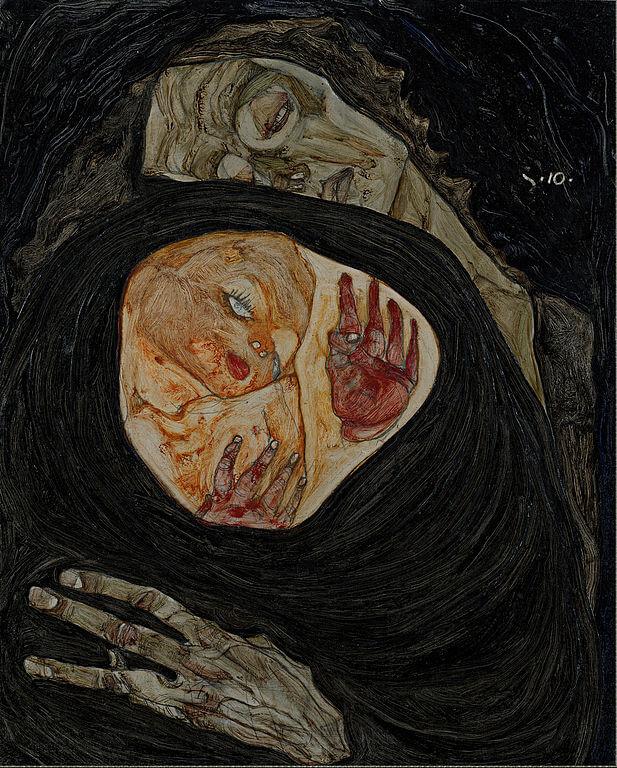
The boy was very worried when Adolf Egon, his father, began to gradually go crazy and was forced to go to the hospital, where he soon died.
The future artist also had a close relationship with his sister. Not only could she pose for hours with her older brother, but the researchers also suspect them of an incestuous relationship.
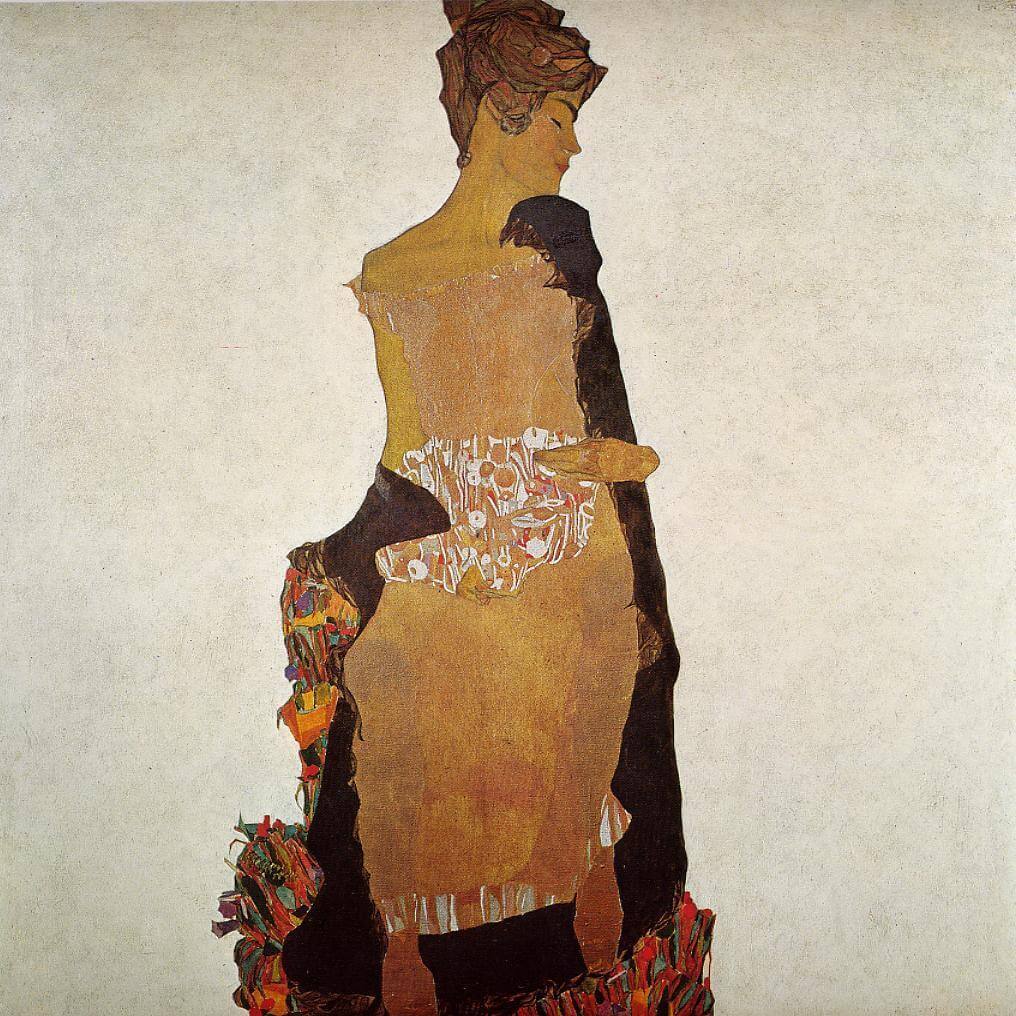
Influence of other artists
In 1906, after squabbling with his family, Egon nevertheless sets foot on the path of artistic craft. He enters the Vienna School, and then transferred to the Academy of Art. There he meets Gustav Klimt.
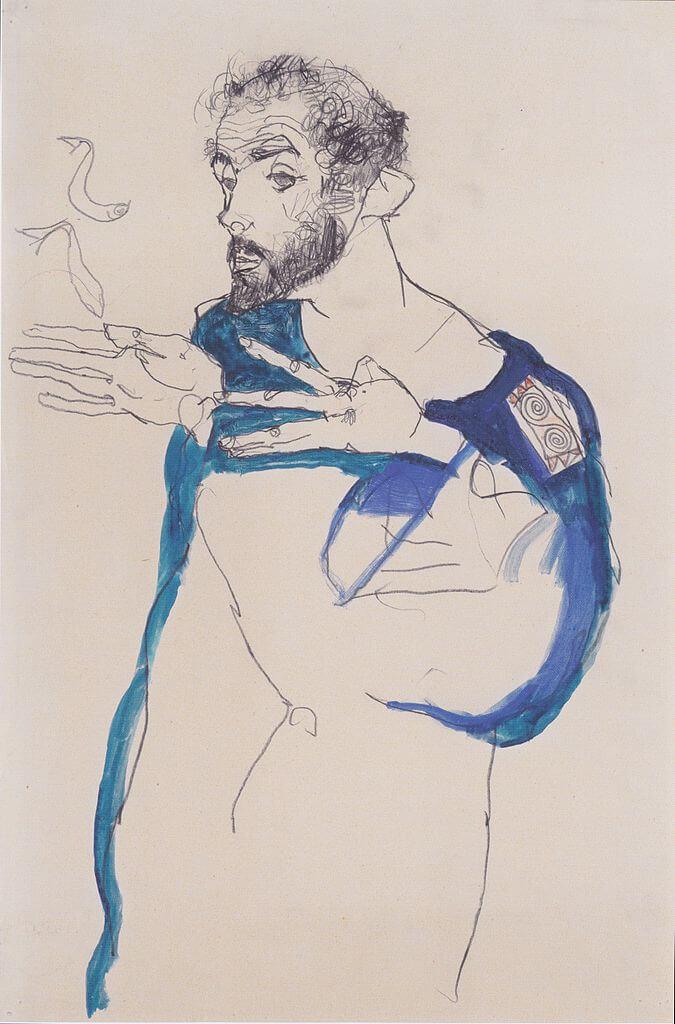
It was Klimt, who once stated that the young man had “even too much talent”, introduced him to the society of Viennese artists, introduced him to patrons and bought his first paintings.
What did the master like a 17-year-old guy? It is enough to look at his first works, for example, "Harbor in Trieste".
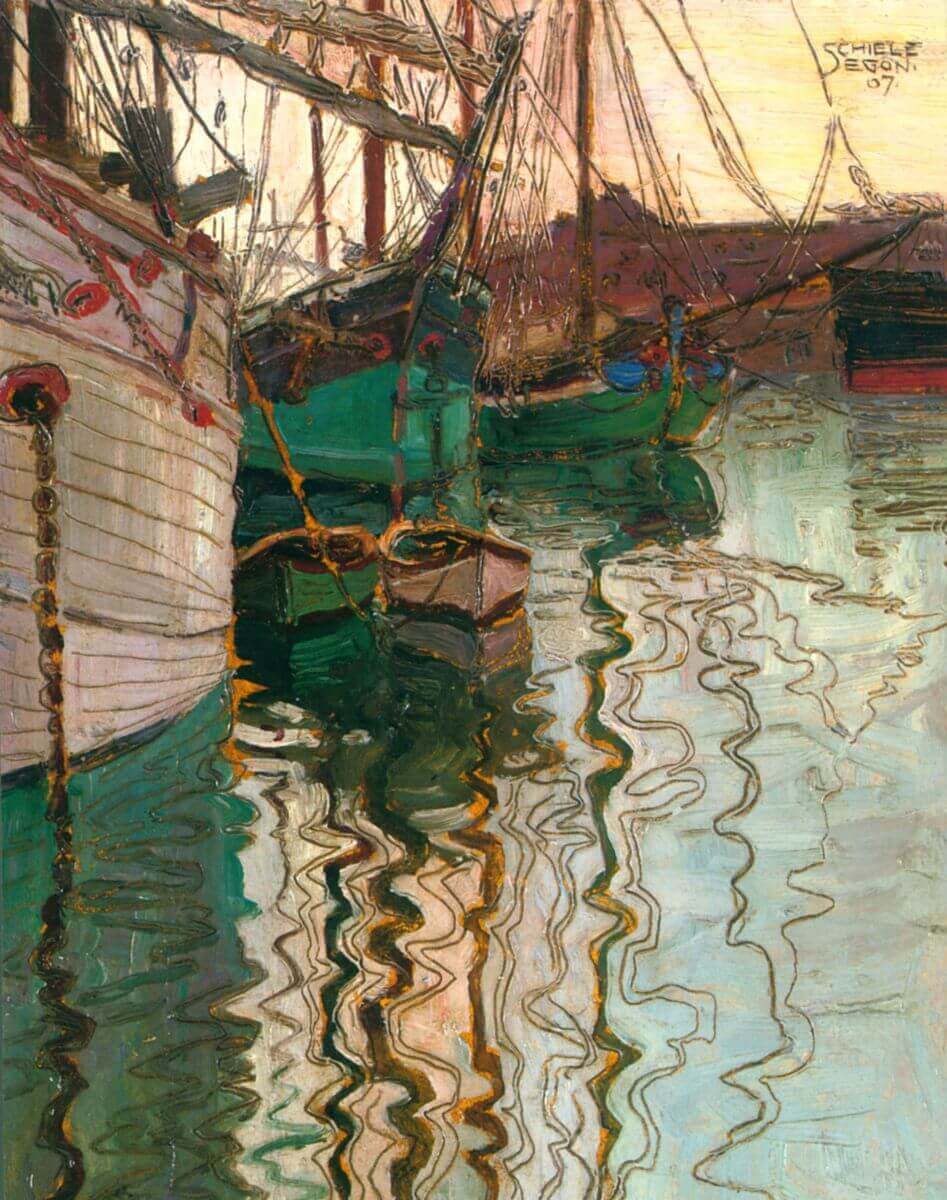
Clear line, bold color, nervous manner. Definitely talented.
Of course, Schiele takes a lot from Klimt. This can be seen in the early work, before developing his own style. It is enough to compare "Danae" of one and the second.
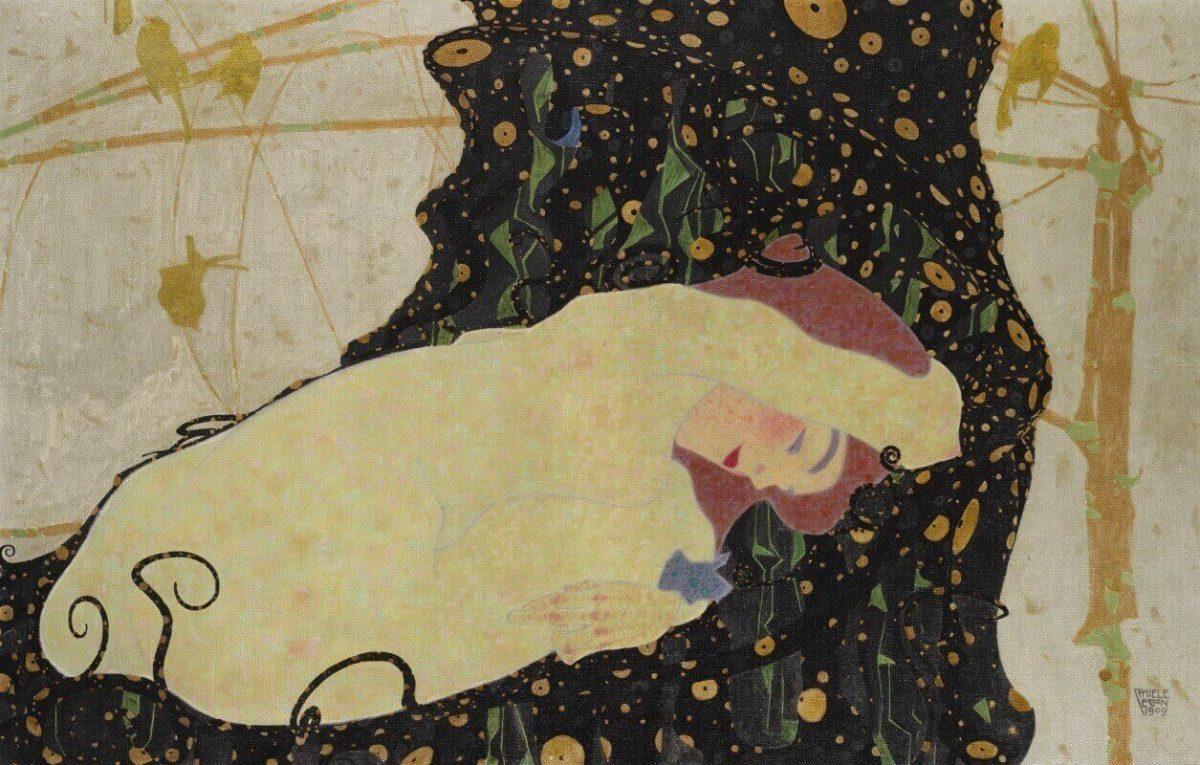
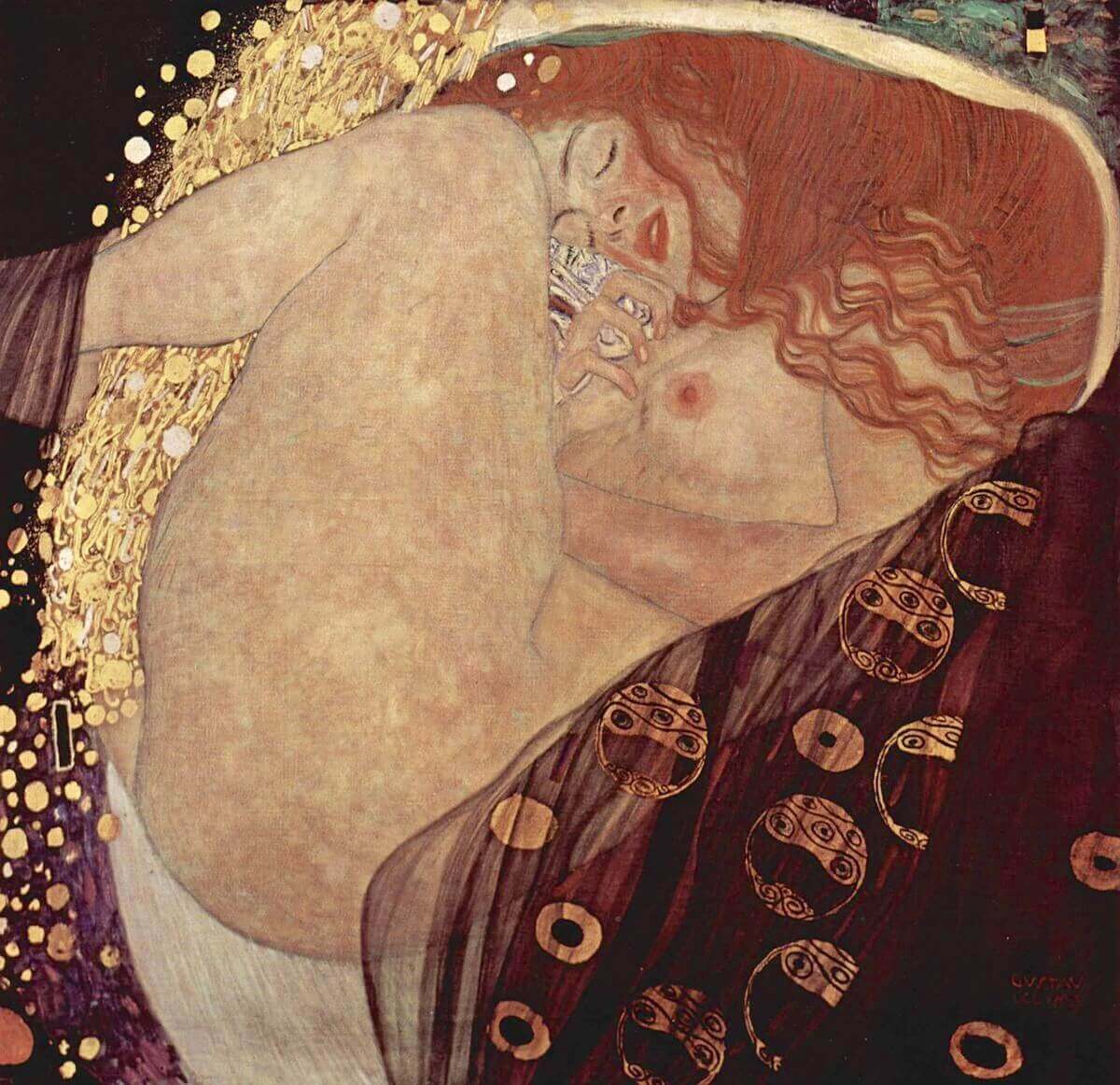
Left: Egon Schiele. Danae. 1909 Private collection. Right: Gustav Klimt. Danae. 1907-1908 Leopold Museum, Vienna
And in the works of Schiele there is also the influence of Oskar Kokoschka, another Austrian expressionist. Compare these of their work.
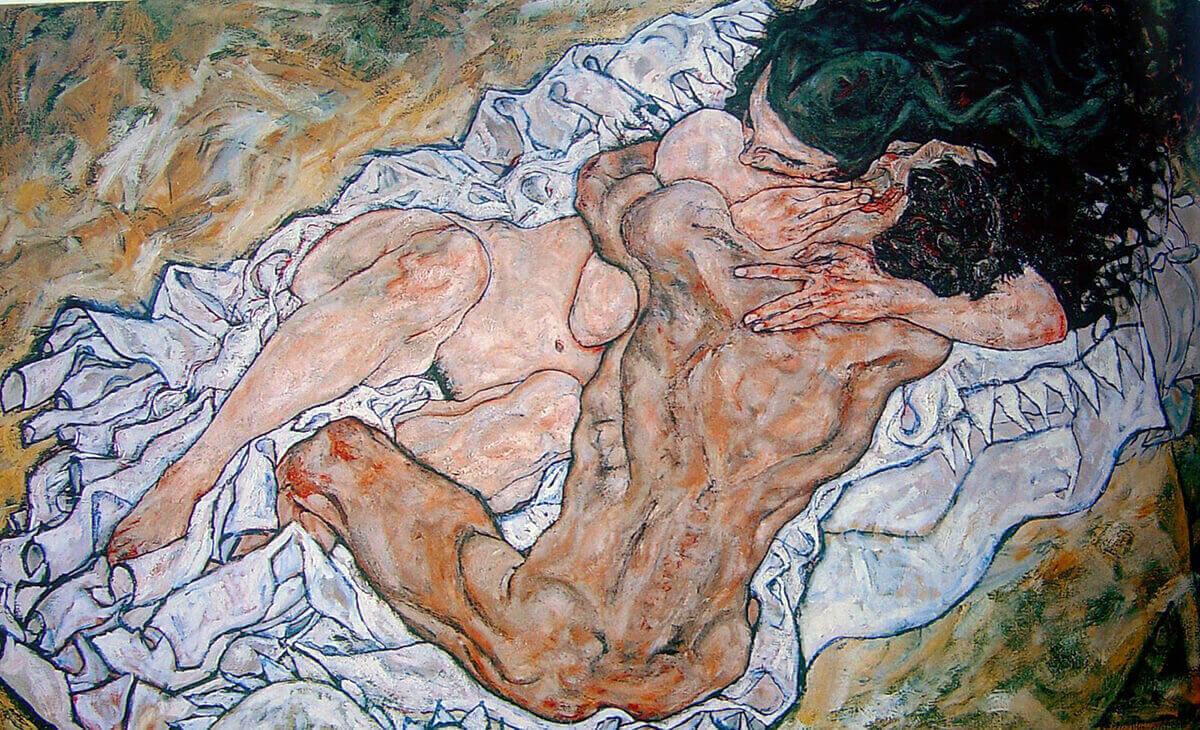
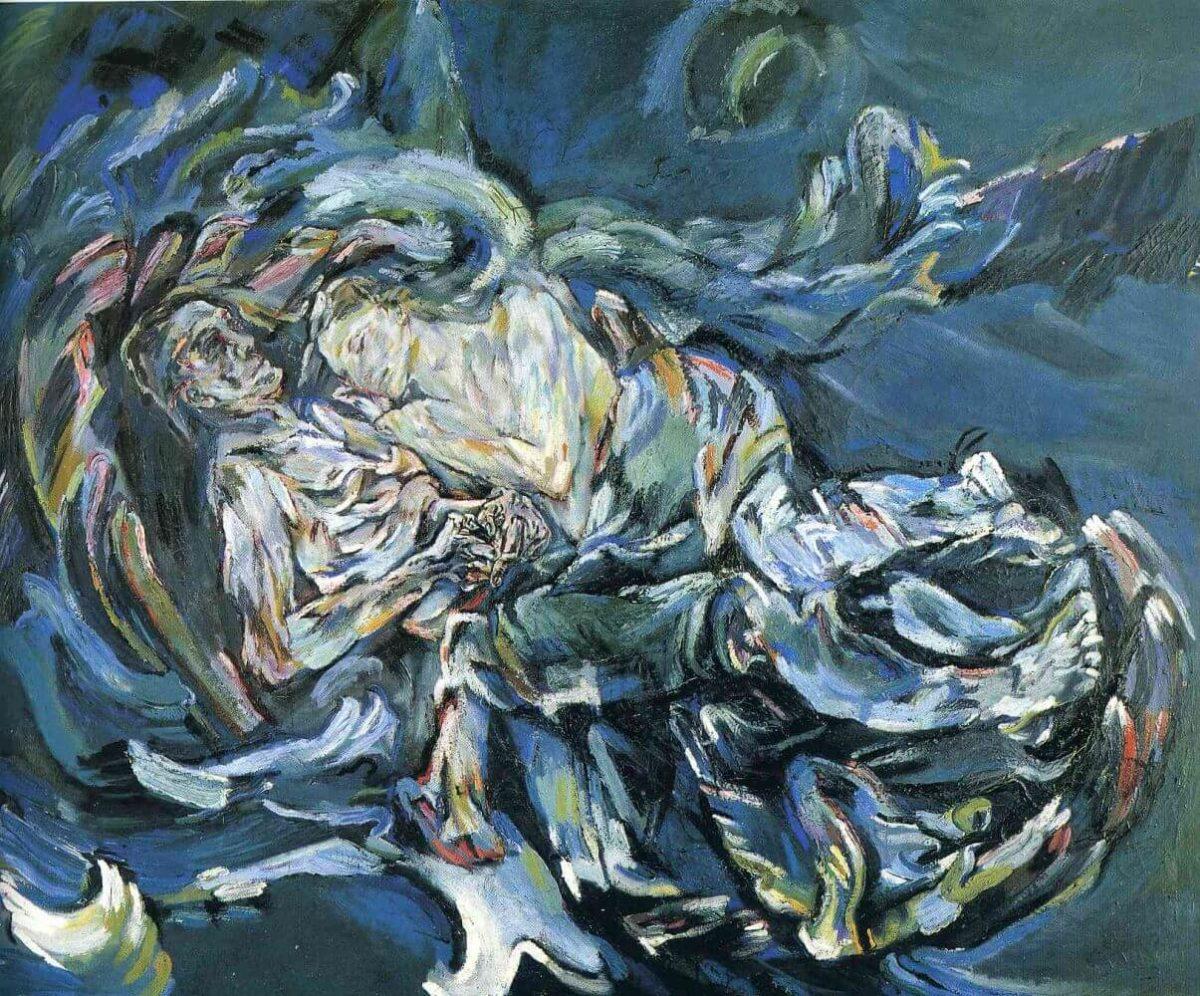
Left: Egon Schiele. Lovers. 1917 Belvedere Gallery, Vienna. Right: Oskar Kokoschka. Bride of the wind 1914 Basel Art Gallery
Despite the similarity of the compositions, the difference is still significant. Kokoschka is more about ephemerality and otherworldliness. Schiele is about real passion, desperate and ugly.
"Pornographer from Vienna"
That is the name of the novel by Lewis Crofts, dedicated to the artist. It was written after his death.
Schiele loved the nude and painted it over and over again with maniacal trepidation.
Look at the following works.
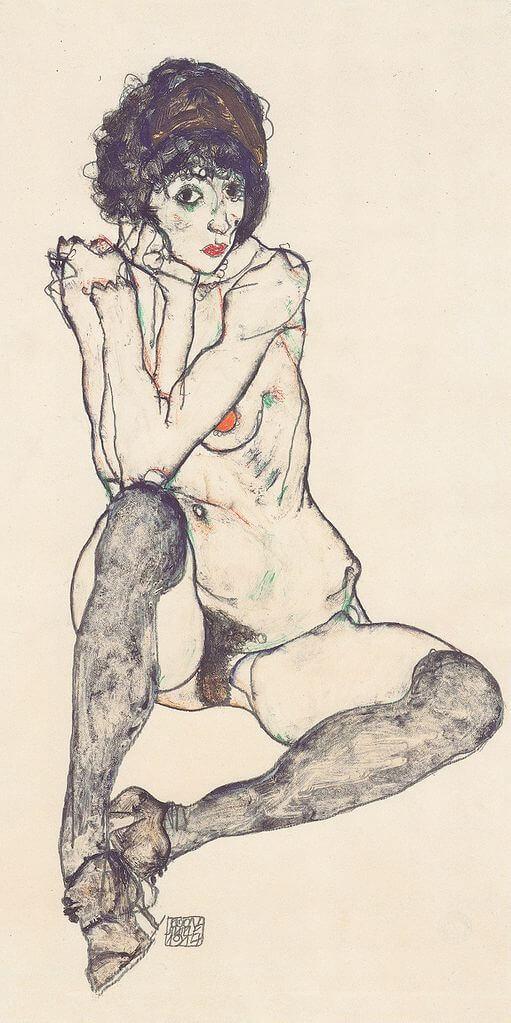
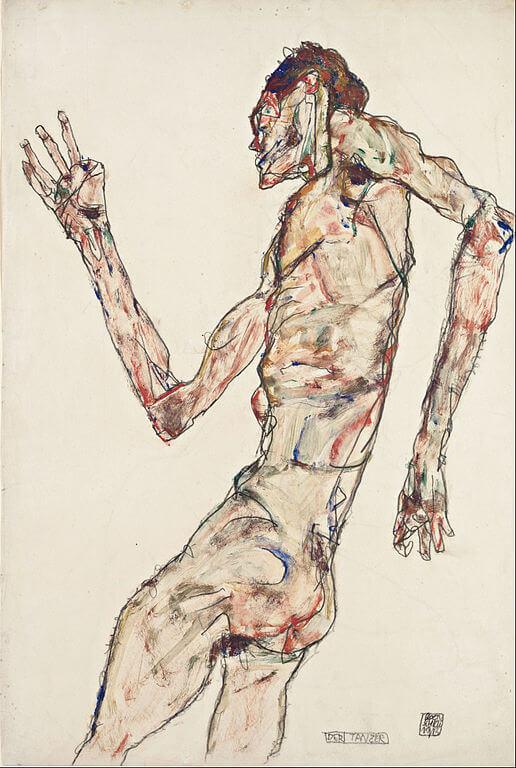
Left: Seated Nude, leaning on her elbows. 1914 Albertina Museum, Vienna. Right: Dancer. 1913 Leopold Museum, Vienna
Are they aesthetic?
No, they are, to put it mildly, unattractive. They are bony and overly outspoken. But it is the ugly, as Schiele believed, that plays the role of an enhancer of beauty and life.
In 1909, the master equips a small studio where poor underage girls come to pose for Egon.
Candid paintings in the nude genre became the main income of the artist - they were bought up by distributors of pornography.
However, this played a cruel joke on the artist - many in the artistic community openly turned their backs on the artist. Schiele saw in this only undisguised envy.
In general, Schiele loved himself very much. The speaker will be the following quote from a letter to his mother: "How glad you must be that you gave birth to me."
The artist painted a lot of his self-portraits, including very frank ones. Expressive drawing, broken lines, distorted features. Many self-portraits bear little resemblance to the real Schiele.
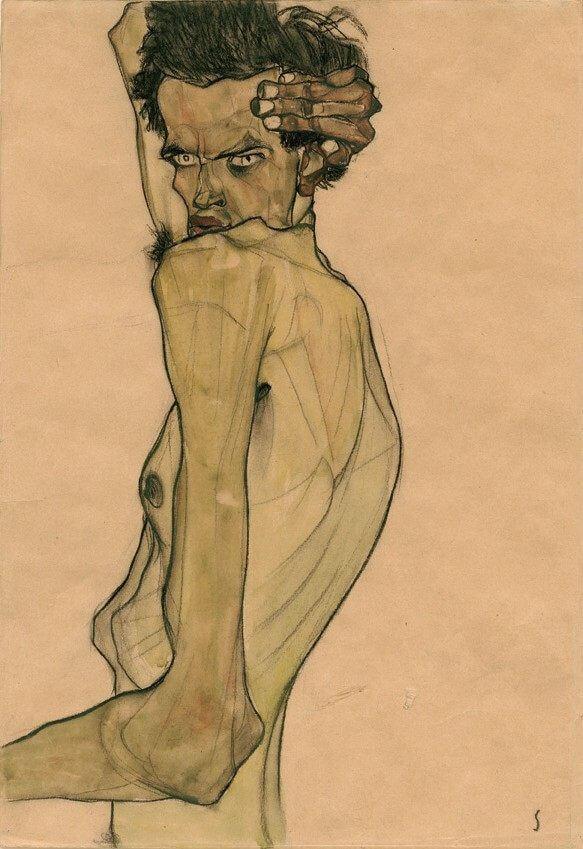
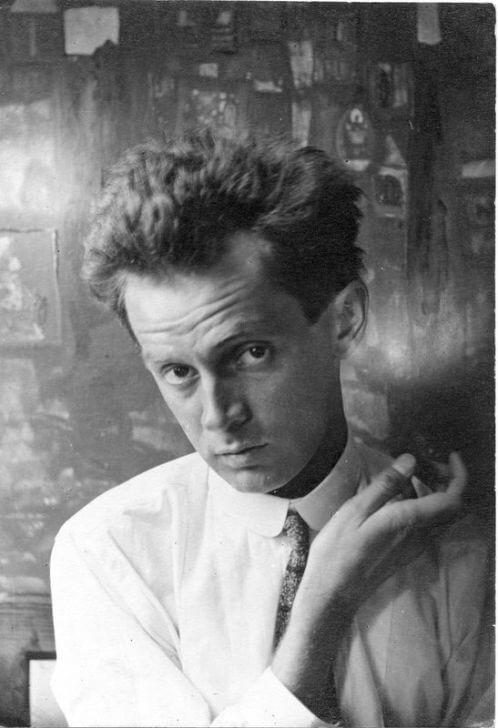
Self-portrait and photo from 1913.
Expressive cities by Schiele
The man was Egon Schiele's main model. But he also painted provincial towns. Can a house be expressive, emotional? Schiele can. Take at least his work “At home with colorful linen”.
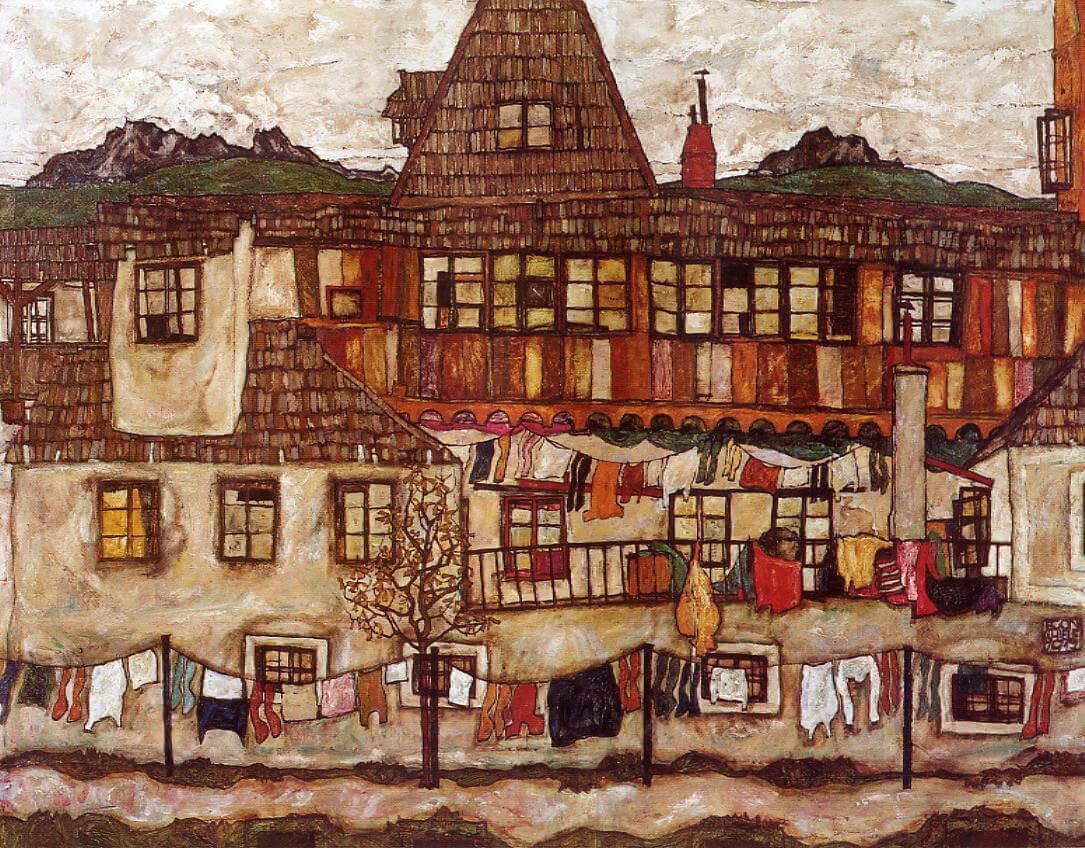
They are cheerful, perky, even though they are already aged. And with a strong personality. Yes, this is a description of… houses.
Schiele could give character to the urban landscape. Multi-colored linen, each tile of its own shade, crooked balconies.
"All that is alive is dead"
The theme of death is another leitmotif of Egon Schiele's work. Beauty becomes especially bright when death is near.
The master was also worried about the proximity of birth and death. To feel the drama of this closeness, he obtained permission to visit gynecological clinics, where at that time both children and women often died during childbirth.
Reflection on this topic was the painting "Mother and Child".
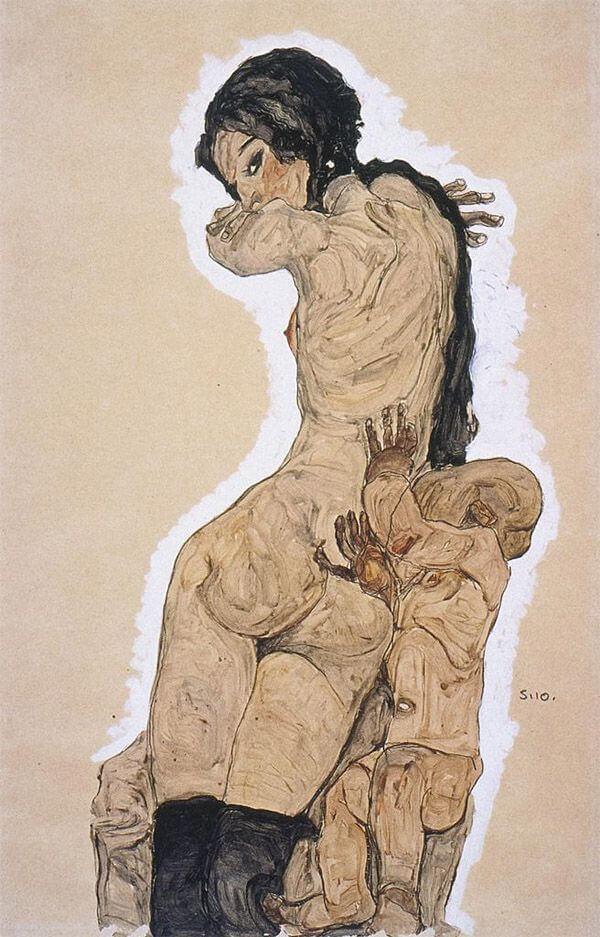
It is believed that this particular work marks the beginning of Schiele's new original style. Very little of Klimtovsky will remain in his works.

Unexpected final
The best works of Schiele are recognized as paintings where the model of the author was Valerie Neusel. Here is her famous portrait. And one of the few that is suitable for viewing by those who are not yet 16.
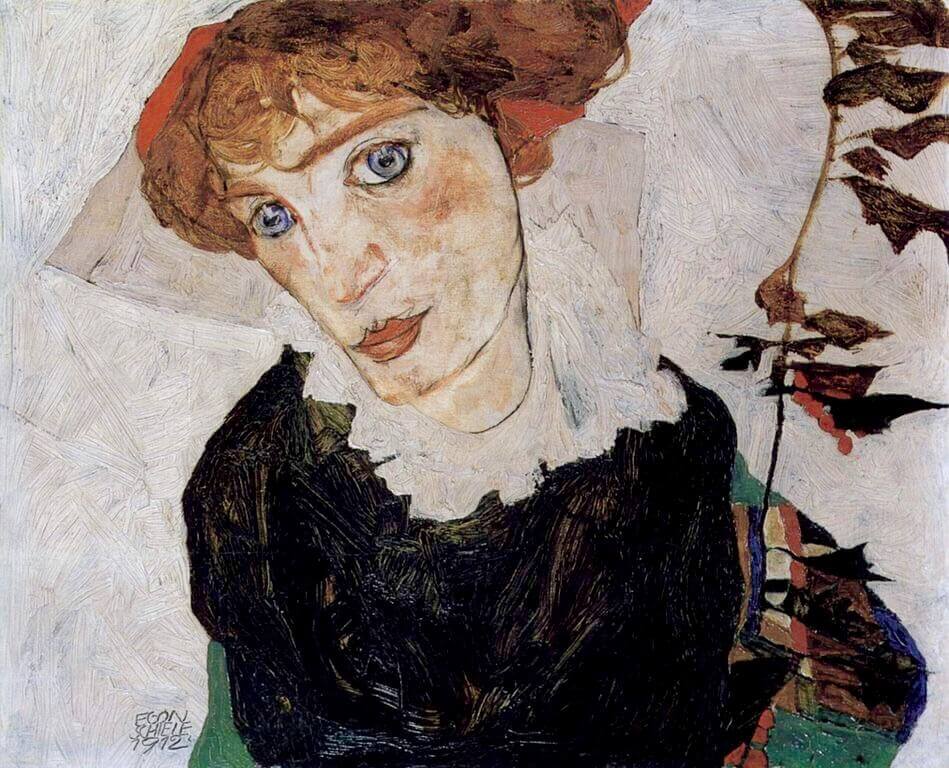
Model Egon "borrowed" from Klimt. And she quickly became his muse and mistress. Valerie's portraits are bold, shameless and…lyrical. An unexpected combination.
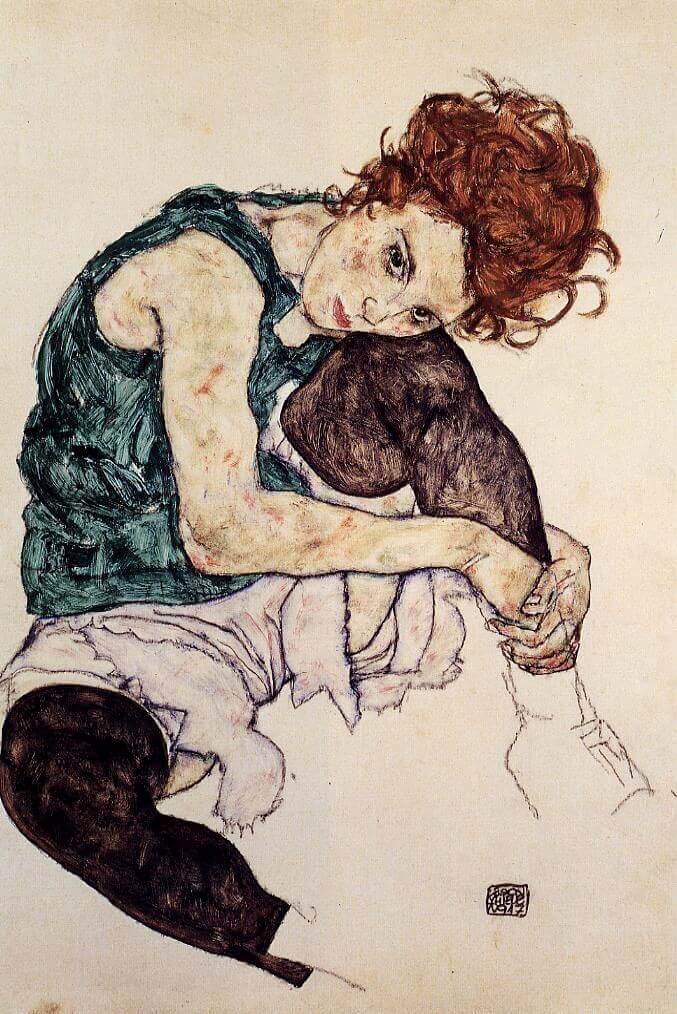
But before his mobilization, Schiele broke up with his mistress in order to marry a neighbor - Edith Harms.
Valerie went to work for the Red Cross in desperation. There she contracted scarlet fever and died in 1917. 2 years after breaking up with Schiele.
When Egon found out about her death, he changed the name of the painting "Man and Girl". On it, they are depicted together with Valerie at the time of parting.
The new title "Death and the Maiden" speaks eloquently of the fact that Schiele felt guilty before his former mistress.
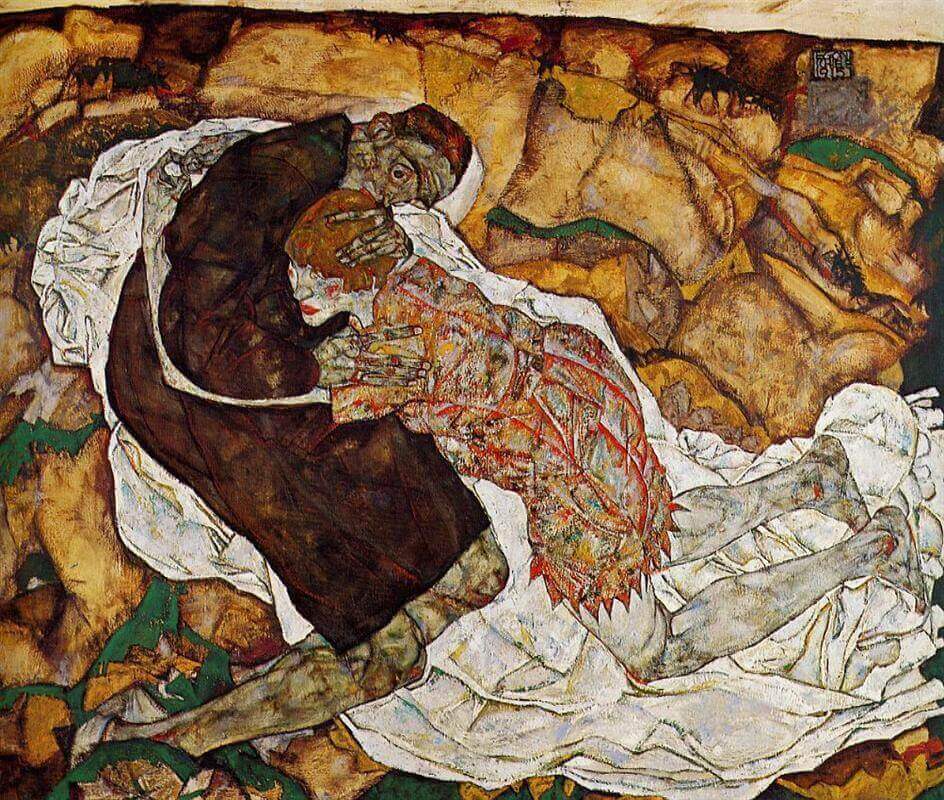
But even with his wife, Schiele did not have time to enjoy happiness - she died pregnant from a Spanish flu. It is known that Egon, not too generous with feelings, was very upset by the loss. But not for long.
Just three days later, the same Spaniard ended his life. He was only 28 years old.
Shortly before his death, Schiele painted the painting “Family”. On it - he, his wife and their unborn child. Perhaps he foresaw their imminent death and captured what will never be.
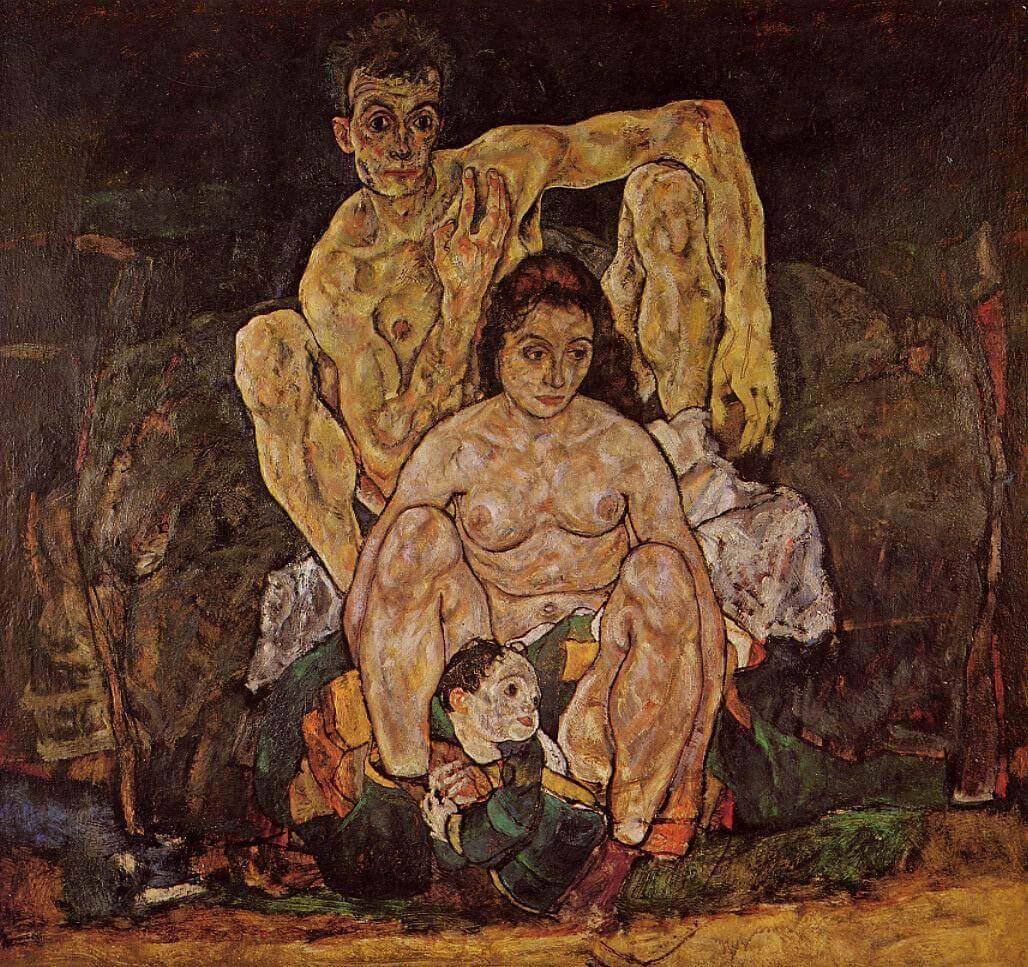
What a tragic and untimely ending! Shortly before this, Klimt dies, and Schiele takes the vacant seat of the leader of the Viennese avant-garde.
The future held great promise. But it didn't happen. An artist who had “too much talent” didn’t have enough time…
In conclusion
Schiele is always recognizable - these are unnatural poses, anatomical details, a hysterical line. He is shameless, but philosophically understandable. His characters are ugly, but evoke vivid emotions in the viewer.
The man became his main character. And tragedy, death, eroticism are the basis of the plot.
Feeling the influence of Freud, Schiele himself became the inspiration for such artists as Francis Bacon and Lucian Freud.
Schiele left an astonishing number of his works, proving by his own example that 28 years is both too little and too much.
***
Comments other readers see below. They are often a good addition to an article. You can also share your opinion about the painting and the artist, as well as ask the author a question.
Main illustration: Egon Schiele. Self-portrait with lantern flowers. 1912 Leopold Museum, Vienna.
Leave a Reply